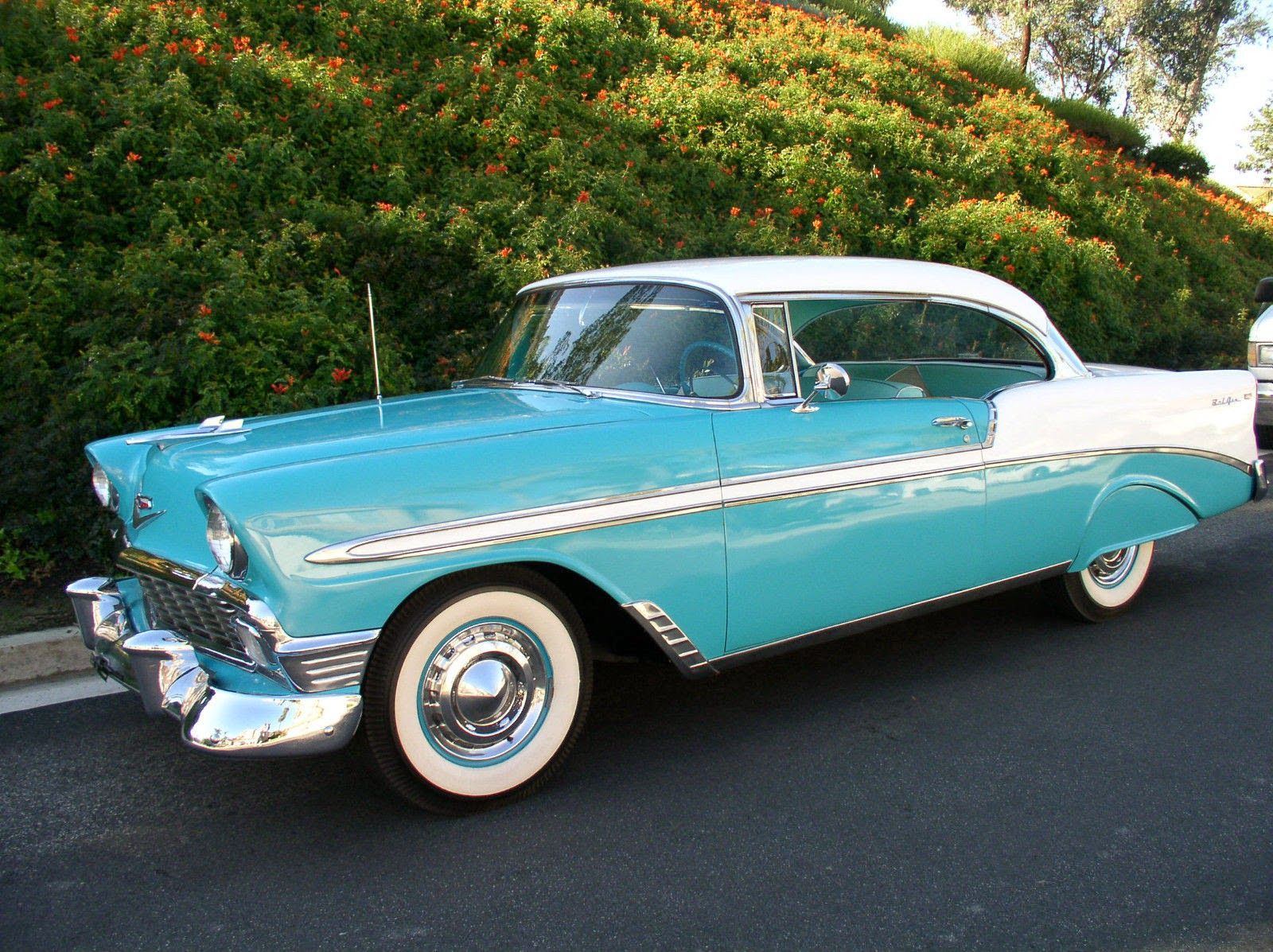
In the sprawling, often ephemeral landscape of American cinema, few figures command the screen with the singular, unyielding gravitas of Tommy Lee Jones. His presence is a masterclass in understated intensity, a distillation of the taciturn wisdom and rugged resilience often associated with the American Southwest. Over decades, Jones has cultivated a persona that is at once deeply rooted in the soil of his Texas origins and utterly adaptable to the demands of diverse characters, from the sharp-witted lawman to the contemplative intellectual.
His career, meticulously built over years through rigorous stage work, television dramas, and a steady ascent in film, defies the typical Hollywood trajectory. It is a narrative less about meteoric rise and more about a persistent, unwavering commitment to craft, informed by an unconventional intellectual background. From the hallowed halls of Harvard to the dusty plains of Texas and the bustling backlots of Los Angeles, Jones has navigated a path marked by both academic rigor and an innate understanding of human nature, shaping a distinct artistic voice that resonates deeply with audiences and critics alike.
This in-depth exploration aims to peel back the layers of a truly remarkable life, delving into the formative experiences and defining roles that have forged the formidable actor we know today. We will journey through the key milestones of his early life and career, examining how a young man from San Saba, Texas, armed with intellect and an undeniable presence, systematically built an artistic empire, culminating in the major breakthroughs that would irrevocably alter the course of his professional life and solidify his place as an icon of American cinema.

1. **Roots in San Saba: The Texas Origins of a Stoic Icon**Born on September 15, 1946, in the small town of San Saba, Texas, Tommy Lee Jones emerged from a lineage deeply entrenched in the Lone Star State. He proudly identifies as an eighth-generation Texan, a heritage that undeniably permeates the very fabric of his screen persona. His childhood, however, was far from idyllic, shaped by the tumultuous marriage of his parents, Clyde C. Jones and Lucille Marie Scott, a union marked by two marriages and two divorces.
His father, a cowboy and oil field worker, and his mother, who juggled roles as a police officer, school teacher, and beauty shop owner, provided a backdrop of hardscrabble American life. Jones has spoken candidly about a difficult adolescence, enduring physical abuse at the hands of his father. This complex familial environment, coupled with the rugged individualism inherent in his Texan roots, arguably contributed to the stoic, self-reliant characters he would later embody with such profound authenticity.
The decision by his father to accept an overseas job in the oil fields of North Africa presented a significant juncture in young Tommy Lee’s life. Rather than moving with his father, Jones, then a teenager, channeled his formidable intellect and ambition into securing a scholarship to St. Mark’s School of Texas. This elite Dallas preparatory school offered him not just an escape from a challenging home life but also a pivotal opportunity to remain in the United States, an early testament to his drive and determination.

2. **Harvard’s Hallowed Halls: Scholarship, Football, and Al Gore**Jones’s journey from a Texas prep school to the venerable quadrangles of Harvard College in 1965 on need-based aid underscores an extraordinary academic and athletic prowess. Far from being merely a student, he quickly distinguished himself as an intellectual force and a formidable athlete. He majored in English literature, engaging deeply with the works of the American literary canon under the tutelage of dramatist Robert Chapman, ultimately graduating cum laude in 1969.
His senior thesis, a profound exploration of “the mechanics of Catholicism” in the compelling works of Flannery O’Connor, hints at the analytical and contemplative mind that would later dissect complex cinematic roles. This intellectual rigor, uncommon among actors of his generation, provided him with a unique lens through which to approach character development and narrative.
Beyond his academic pursuits, Jones was a star on the gridiron, playing guard for the Harvard Crimson football team from 1965 to 1968. He was a crucial member of the undefeated 1968 team, earning a first-team All-Ivy League selection and participating in what is famously remembered as “the most famous football game in Ivy League history.” This legendary contest saw Harvard stage a dramatic 16-point comeback to tie Yale 29-29, an event Jones vividly recounted in the documentary,
“Harvard Beats Yale 29–29.”
Perhaps one of the most intriguing footnotes of Jones’s Harvard years was his roommate for all four years: Al Gore, who would later serve as the Vice President of the United States. This unexpected connection between a future political titan and a burgeoning cinematic icon speaks volumes about the diverse and impactful experiences that shaped Jones during his collegiate years, laying the groundwork for a life of profound accomplishment far removed from his initial football aspirations.

3. **The Broadway Beckons: Early Stage and Soap Opera Beginnings**Upon graduating from Harvard in 1969, with professional football deemed physically unsuited for his frame, Tommy Lee Jones made a decisive move to New York City, determined to forge a career as an actor. His immersion into the vibrant, demanding world of Broadway began almost immediately, securing his debut in the 1969 production of
“A Patriot for Me,”
where he took on a number of supporting roles, learning the ropes of live performance.
The early 1970s saw him continue to hone his craft on the stage. In early 1971, he shared the stage with seasoned performers like Carol Channing and Sid Caesar in Abe Burrows’
“Four on a Garden.”
This period of intensive stage work provided him with invaluable experience in character development, vocal projection, and the nuanced delivery that would become hallmarks of his screen acting.
Simultaneously, Jones ventured into the burgeoning medium of television, landing a significant role that introduced him to a wider audience: Dr. Mark Toland on the popular ABC soap opera
“One Life to Live.”
From 1971 to 1975, he portrayed the character, gaining consistent on-screen experience and learning the demanding pace of episodic television production. His early film career also quietly began during this period; he made his film debut in 1970, coincidentally playing a Harvard student in the romantic drama
“Love Story,”
with the author Erich Segal later stating that the lead character of Oliver was based on aspects of Jones and Al Gore.
Before making his definitive shift to Hollywood, Jones returned to the stage for a short-lived 1974 production of
“Ulysses in Nighttown,”
an adaptation of James Joyce’s novel. Playing Stephen Dedalus opposite the legendary Zero Mostel’s Leopold Bloom and under the direction of Burgess Meredith, these diverse early experiences showcased a willingness to tackle challenging roles across different mediums, a versatility that would define his enduring career.

4. **Hollywood’s Call: Transition to Film and Television**By 1975, the allure of more expansive opportunities in Hollywood proved irresistible, prompting Jones to relocate from the New York stage scene to the burgeoning film and television industry in Los Angeles. This transition marked a decisive pivot in his career, moving him from the live theater’s immediate demands to the more intimate, yet equally challenging, world of cinematic and episodic storytelling.
His move quickly paid dividends. He landed a prominent role in the 1976 pilot episode of the iconic action-comedy series
“Charlie’s Angels,”
an early indication of his growing visibility. That same year, he secured his first lead role in a Hollywood feature, starring in the crime drama
“Jackson County Jail,”
a gritty B-movie produced by the legendary Roger Corman, which allowed him to demonstrate his leading man capabilities.
Jones continued to build a robust resume through the late 1970s and early 1980s, alternating between television and film projects. A significant early television triumph came with the acclaimed TV movie
“The Amazing Howard Hughes” (1977),
where he portrayed the eccentric film producer, showcasing an early ability to inhabit complex historical figures. On the big screen, he diversified his roles, appearing as a hunted escaped convict in
“Rolling Thunder” (1977),
an automobile mogul alongside Laurence Olivier in the Harold Robbins drama
“The Betsy” (1978),
and notably as the killer in the 1978 thriller
“Eyes of Laura Mars,”
opposite Faye Dunaway.
These early Hollywood years were crucial in establishing Jones’s presence as a versatile and intense performer. He cultivated a reputation for dryly taciturn portrayals, often leaning into roles that demanded a certain rugged, authoritative demeanor, whether as law enforcement, military men, or cowboys, thereby laying the groundwork for the iconic characters that would later define his mainstream success.
Read more about: The Unseen Burdens: Tragic Realities That Defined Sasha and Malia Obama’s Public and Private Lives
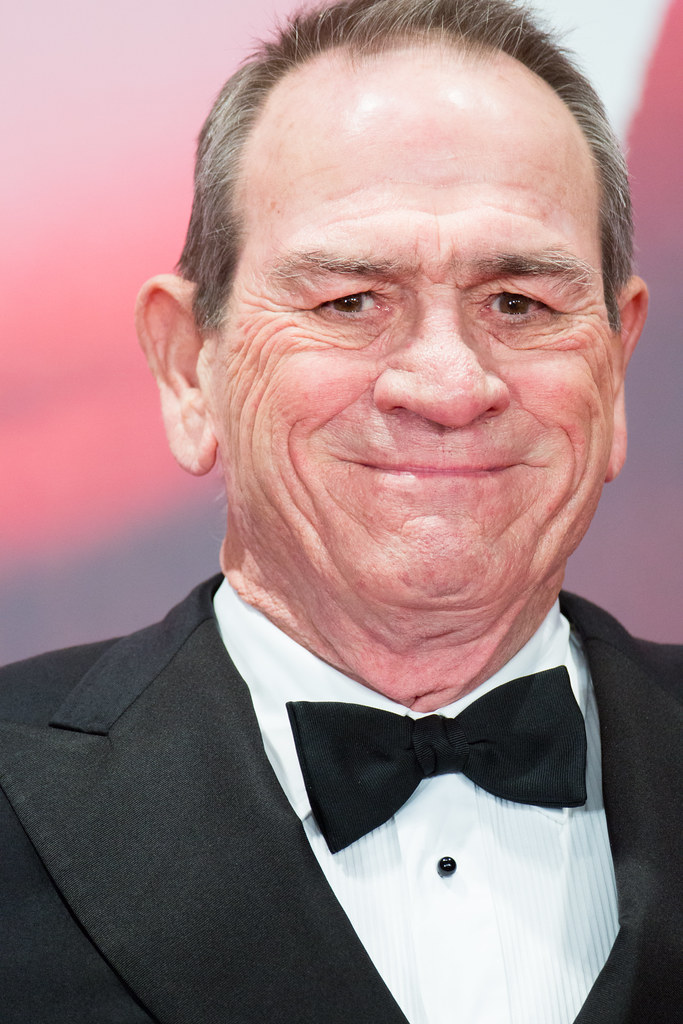
5. **The Emmy-Winning Turn: “The Executioner’s Song” and “Lonesome Dove”**While Jones was steadily building his filmography, it was his work in television during the 1980s that truly garnered significant critical attention and national recognition, solidifying his reputation as an actor of immense depth and power. In 1980, he earned his first Golden Globe nomination for his compelling portrayal of Doolittle “Mooney” Lynn, the husband of country singer Loretta Lynn, in the biographical film
“Coal Miner’s Daughter.”
This role allowed him to explore a more nuanced, emotionally resonant character, signaling his range beyond the gruff exteriors.
The year 1982 marked a pivotal moment with his unforgettable performance as the executed murderer Gary Gilmore in the television adaptation of Norman Mailer’s biographical novel,
“The Executioner’s Song.”
Jones’s immersive and chilling depiction of Gilmore earned him the Primetime Emmy Award for Outstanding Lead Actor in a Limited Series or Movie, a testament to his ability to delve into the psyche of dark, complex figures. This performance was a stark reminder of his profound talent and willingness to take on challenging, unconventional roles.
Following this Emmy triumph, Jones continued to expand his repertoire, starring in the pirate adventure
“Nate and Hayes” (1983)
and the action thriller
“Black Moon Rising” (1986).
However, it was his subsequent role as Texas Ranger Woodrow F. Call in the acclaimed 1989 television miniseries
“Lonesome Dove,”
based on Larry McMurtry’s best-selling western novel, that once again captivated audiences and critics alike. His portrayal earned him another Emmy nomination, cementing his status as a master of the western genre and a compelling interpreter of archetypal American characters. These television masterpieces were instrumental in showcasing his ability to lead significant narratives and deliver performances of enduring impact, paving the way for his cinematic breakthroughs.
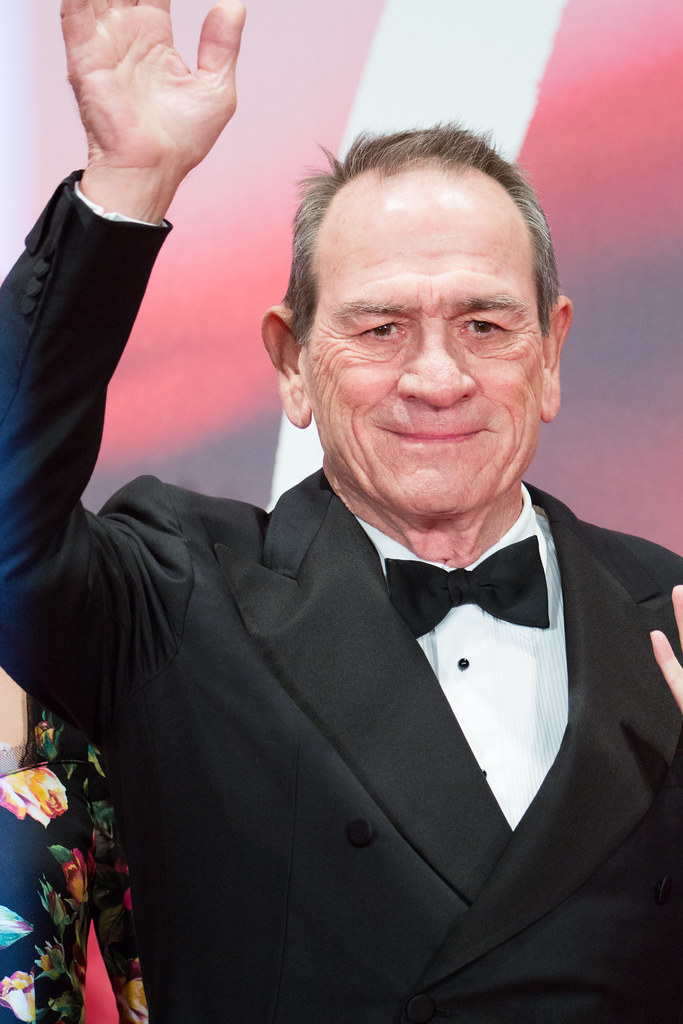
6. **First Oscar Nod: The Enigma of Clay Shaw in “JFK”**As the 1990s dawned, Tommy Lee Jones’s career trajectory saw a significant acceleration, moving him further into the realm of major cinematic projects. His established reputation for intense, authoritative performances made him an ideal candidate for challenging roles in high-profile films. This period was crucial in elevating his status, culminating in his first Academy Award nomination.
In 1991, Jones delivered a performance that garnered widespread attention in Oliver Stone’s controversial and critically acclaimed film
“JFK.”
He portrayed Clay Shaw, a wealthy New Orleans businessman suspected of conspiring to assassinate U.S. President John F. Kennedy. This role was a complex and morally ambiguous one, requiring Jones to navigate the nuances of a character embroiled in one of America’s most enduring mysteries. His portrayal brought a chilling composure and subtle menace to the enigmatic figure, embodying the film’s pervasive sense of conspiracy and hidden truths.
Jones’s nuanced and compelling performance as Shaw earned him his first Academy Award nomination for Best Supporting Actor. The film, co-starring Kevin Costner as Jim Garrison, was a cultural phenomenon, prompting national discussions and cementing its place in cinematic history. For Jones, this recognition was a crucial milestone, officially marking his entry into the elite tier of Hollywood’s most respected actors and setting the stage for even greater accolades to come. The visibility and critical appreciation gained from
“JFK”
underscored his capability to handle complex, historically charged roles with both gravitas and conviction.
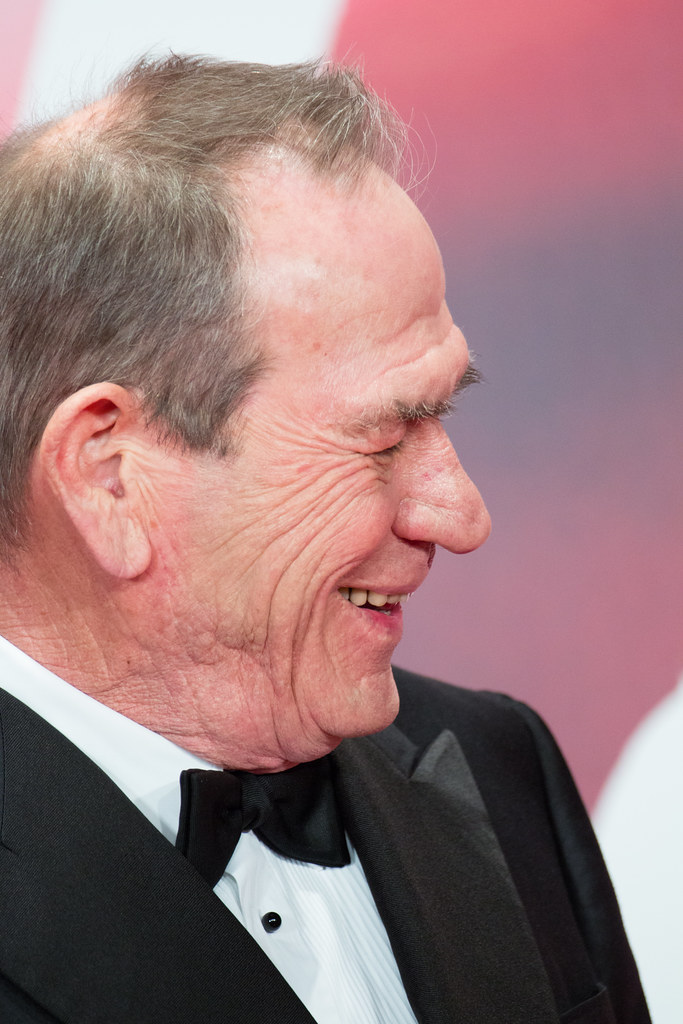
7. **The Breakthrough: Pursuing Justice as Samuel Gerard in “The Fugitive”**While
While
“JFK”
had announced Tommy Lee Jones’s arrival as an Oscar-nominated talent, it was his subsequent work in the early to mid-1990s that catapulted him into the A-list of Hollywood stars, making him a household name. The groundwork was laid in 1992 with his villainous turn as a terrorist who hijacks a U.S. Navy battleship in
“Under Siege,”
starring Steven Seagal, a role that introduced his intense on-screen presence to a far wider blockbuster audience.
The true turning point, however, arrived in 1993 with Andrew Davis’s action-thriller
“The Fugitive,”
based on the hit 1960s television series. Starring opposite Harrison Ford, Jones delivered an iconic, career-defining performance as Deputy U.S. Marshal Samuel Gerard. Gerard was a character who was at once hard-edged, relentless, and yet imbued with a subtle, almost begrudging sympathy for the wrongfully accused Dr. Richard Kimble.
Jones’s portrayal of Gerard was universally acclaimed, often cited as the film’s standout element, effectively stealing scenes from his more famous co-star. His dry wit, unwavering determination, and distinctive gruffness made the character instantly memorable. The film itself was a critical and commercial triumph, becoming one of the top-grossing hits of all time and earning over $170 million at the box office. This monumental success solidified Jones’s status as a formidable leading man capable of anchoring major studio productions.
His powerful performance in
“The Fugitive”
culminated in his winning the Academy Award for Best Supporting Actor, a testament to his profound impact on the film. Accepting his Oscar with a famously shaved head for his role in the upcoming film
“Cobb,”
Jones humorously remarked, “The only thing a man can say at a time like this is ‘I am not really bald’. Actually I’m lucky to be working.” This moment not only marked a personal triumph but also cemented his place as a revered and recognizable figure in the pantheon of Hollywood’s most respected actors, irrevocably changing the trajectory of his career.” , “_words_section1”: “1964

8. **Blockbuster Reign: Expanding Range in Major Studio Productions**Following his Oscar triumph for “The Fugitive,” Tommy Lee Jones cemented his status as a formidable presence in Hollywood, seamlessly transitioning into a string of major studio blockbusters throughout the mid to late 1990s. This period showcased his remarkable versatility, allowing him to inhabit characters across a broad spectrum, from intense law enforcement figures to surprisingly nuanced comedic roles. His distinctive gravitas and dry wit proved highly adaptable, ensuring his enduring appeal in a rapidly evolving cinematic landscape.
One of his more notable, and perhaps unexpected, turns came in 1995 with “Batman Forever,” where he embraced the outlandish as the deranged villain Two-Face, opposite Val Kilmer’s Batman. This role allowed Jones to deviate from his characteristic flinty inscrutability, demonstrating a willingness to delve into more theatrical and visually exaggerated performances. While the film garnered mixed critical reception, Jones’s memorable portrayal contributed significantly to its commercial success, underscoring his capability to elevate even the most stylized material.
Yet, it was his pairing with Will Smith in the 1997 science fiction action-comedy “Men in Black” that truly cemented his status as a global superstar and revealed a surprising comedic timing. As the taciturn Agent K, Jones played the perfect straight man to Smith’s energetic Agent J, creating an iconic duo whose chemistry propelled the film to immense box-office success. The premise of secret agents fighting alien threats resonated deeply with audiences, and Jones’s understated performance was instrumental in grounding the fantastical narrative. He closed out the decade with another commercial hit, the 1999 action-thriller “Double Jeopardy,” co-starring Ashley Judd.

9. **Navigating the Millennium: Continued Acclaim and Collaborations**As Hollywood transitioned into the new millennium, Tommy Lee Jones maintained his robust cinematic output, securing diverse roles that further demonstrated his range and enduring appeal. He consistently sought projects exploring complex characters, often alongside other industry titans, underscoring his reputation as a commanding presence capable of anchoring various genres with his unique intensity.
A significant collaboration materialized in 2000 with “Rules of Engagement,” where Jones co-starred with Samuel L. Jackson, meticulously portraying a Marine colonel serving as Jackson’s defense attorney. Later that year, Jones joined an esteemed ensemble for Clint Eastwood’s “Space Cowboys,” a heartwarming tale about retired astronauts on one last mission. Co-starring with Eastwood, James Garner, and Donald Sutherland, Jones played one of the seasoned pilots, blending humor and pathos with his signature stoicism.
His success with the “Men in Black” franchise saw him reprise his role as Agent K in “Men in Black II” (2002), reuniting with Will Smith for another commercially successful sequel that further cemented their on-screen chemistry. This proved the enduring popularity of Jones’s cool, unruffled demeanor amidst intergalactic chaos. He also returned to more typical roles in films such as “The Missing” (2003), showcasing his comfort with the Western genre once again.
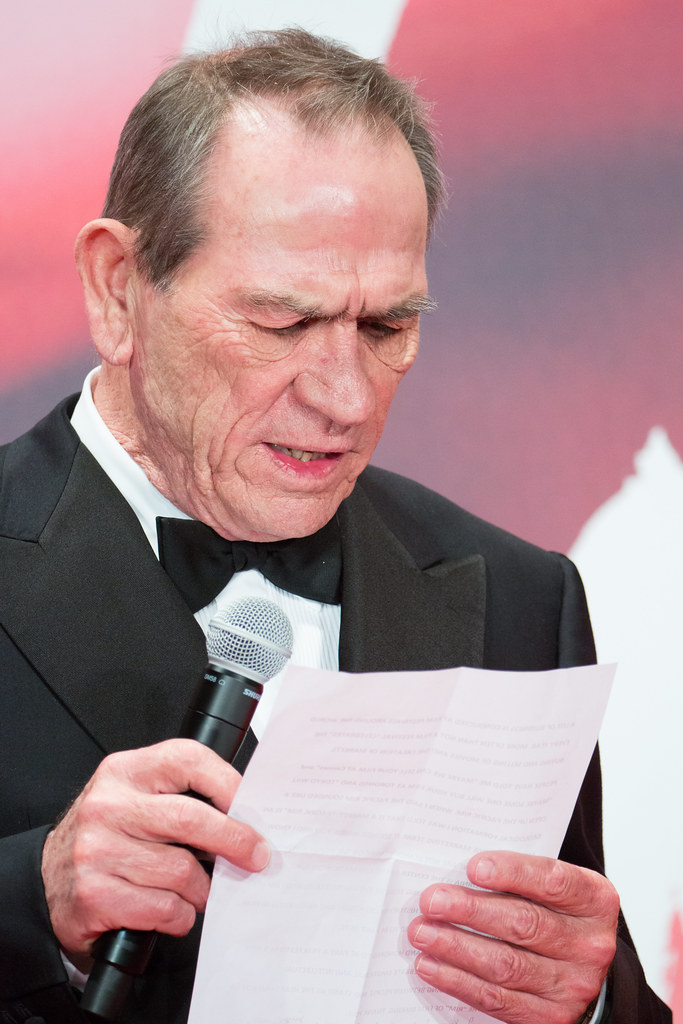
10. **Behind the Camera: A Distinguished Directorial Vision Emerges**Beyond his prolific acting career, Tommy Lee Jones also distinguished himself as a director, bringing his keen artistic sensibilities and narrative prowess to projects from behind the camera. His directorial work reflects a thoughtful, often gritty aesthetic, deeply informed by his Texan roots and a preference for authentic storytelling. This expansion of his creative roles demonstrated a deeper commitment to filmmaking as an art form, moving beyond mere performance to shape entire cinematic visions.
Jones’s first foray into directing for the screen came with the 1995 made-for-television movie, “The Good Old Boys,” a western which he also starred in. This project offered an early glimpse into his thematic interests and directorial style, particularly his affinity for stories steeped in American history and rugged individualism. It showcased his capability to helm a production, guiding both himself and his fellow actors through a narrative that resonated with his personal understanding of the genre.
However, it was his 2005 theatrical feature film, “The Three Burials of Melquiades Estrada,” that truly marked his arrival as a critically acclaimed director. This grim drama, which Jones also starred in and co-wrote, was a profound exploration of justice, loyalty, and the porous border between the U.S. and Mexico. The film was an immediate sensation at the Cannes Film Festival, where Jones not only premiered his work but also remarkably won the Best Actor Award for his powerful performance, cementing his reputation as a director with a unique and compelling vision.
11. **Later Career Resurgence: The Return of a Master Craftsman**The mid-2000s heralded a significant resurgence in Tommy Lee Jones’s career, marked by a string of profoundly impactful performances that reaffirmed his status as one of Hollywood’s most respected and versatile actors. This period saw him inhabit roles that were both deeply complex and archetypally American, garnering further critical acclaim and solidifying his place in cinematic history. His ability to convey profound emotion through understated delivery became more potent than ever.
In 2007, Jones delivered two exceptionally strong performances that captivated audiences and critics alike. In “In the Valley of Elah,” he portrayed Hank Deerfield, a beleaguered father investigating the disappearance of his soldier son, earning him an Academy Award nomination. Simultaneously, Jones brought his inimitable presence to the Coen brothers’ adaptation of Cormac McCarthy’s “No Country for Old Men,” anchoring the Oscar-winning Best Picture with his portrayal of the weary Texas Sheriff Ed Tom Bell.
A pivotal moment in 2012 saw Jones once again command the screen, most notably in Steven Spielberg’s monumental historical drama, “Lincoln.” Here, he delivered a widely acclaimed portrayal of Congressman Thaddeus Stevens, a fiercely abolitionist and complex political figure. Jones’s performance, hailed for its intellectual rigor and a blend of curmudgeonly wit and moral conviction, earned him his fourth Academy Award nomination, this time for Best Supporting Actor, further cementing his place in awards season discussions.

12. **Behind the Lens and Beyond: Expanding Artistic Horizons**Tommy Lee Jones’s commitment to storytelling extended well beyond his acting prowess, as he continued to embrace roles as a director, producer, and even writer, particularly in projects that held a deep personal significance. This multifaceted involvement allowed him to exercise greater creative control, ensuring that narratives were conveyed with his distinctive vision and authenticity. His work in these capacities often gravitated towards themes of the American West, moral dilemmas, and the intricacies of human connection.
Beyond his critically acclaimed “Three Burials of Melquiades Estrada,” Jones continued his directorial journey, co-writing, directing, and starring in “The Homesman” (2014). This poignant Western explored the arduous journey of three mentally unstable women, a stark and powerful examination of hardships faced by pioneers. The film garnered critical praise for its unflinching realism and Jones’s sensitive direction, marking it as a significant contribution to the modern Western genre.
His other notable ventures include directing, producing, and co-starring with Samuel L. Jackson in “The Sunset Limited” (2011), an adaptation of Cormac McCarthy’s philosophical play, focusing intensely on moral and existential debate. Additionally, Jones continued his acting in diverse projects like “The Company Men” (2010), “Captain America: The First Avenger” (2011), and “Men in Black 3” (2012), showcasing his ability to blend artistic endeavors with mainstream success.

13. **The Unconventional Icon: Public Persona and Global Reach**Tommy Lee Jones’s distinctive public persona is as compelling and enigmatic as the characters he often portrays on screen. Known for his gruff, no-nonsense demeanor, he has cultivated an image that is both deeply rooted in his Texan heritage and surprisingly adaptable to global cultural contexts. This unique blend has allowed him to transcend conventional celebrity, becoming an icon recognized for his authenticity and a certain rugged charm that is uniquely his own.
Perhaps one of the most delightful aspects of his public presence is his long-running association with Japanese brewing company Suntory, for whom he has been a spokesman since 2006. In a series of highly popular Japanese television commercials, Jones embodies the character “Alien Jones,” an extraterrestrial observing human life while in disguise. These advertisements, widely available on YouTube, showcase a rarely seen comedic and whimsical side, profoundly endearing him to a Japanese audience and demonstrating his unexpected global appeal.
Beyond his commercial ventures, Jones’s personal life reveals a deep connection to his Texan roots and a passion for equestrian pursuits. Residing in Terrell Hills, Texas, and owning substantial cattle and horse ranches, he is a dedicated polo player and a supporter of the Polo Training Foundation. His love for sports extends to being an avid San Antonio Spurs fan, frequently seen courtside at games. His intellectual background and long-standing friendship with Al Gore, for whom he gave a nominating speech at the 2000 Democratic National Convention, further solidify his image as a man of substance and conviction.
Read more about: Ella Jenkins, The First Lady of Children’s Music, Dies at 100, Leaving an Unparalleled Legacy of Song and Connection

14. **A Lasting Legacy: Accolades, Influence, and Enduring Presence**Tommy Lee Jones’s career is a testament to unwavering dedication, profound talent, and an unyielding commitment to his craft, culminating in a legacy that firmly places him among the most revered actors of his generation. His journey, from a tumultuous Texas childhood to Harvard and the pinnacle of Hollywood, is marked by consistent excellence and a remarkable ability to portray complex characters with unparalleled authenticity. His myriad accolades, including an Academy Award, a Golden Globe, and an Emmy, reflect his profound impact on cinema and television.
Throughout his decades-long career, Jones has been instrumental in shaping iconic roles, creating characters that resonate deeply with audiences across genres. Whether as the relentless U.S. Marshal Samuel Gerard, the world-weary Sheriff Ed Tom Bell, or the stoic Agent K, his performances are characterized by intense gravitas, a distinctive dry wit, and an almost taciturn wisdom. These portrayals have earned him critical adoration and contributed significantly to the cultural fabric of American storytelling, establishing benchmarks for powerful, nuanced acting. His influence extends to a younger generation of actors who admire his meticulous preparation and command of subtlety.
Beyond his performances, Jones’s ventures into directing and producing, particularly with acclaimed films like “The Three Burials of Melquiades Estrada” and “The Homesman,” showcase his holistic artistic vision. His career is a masterclass in longevity and artistic evolution, proving that a strong foundation in craft, combined with intellectual curiosity and a unique persona, leads to an enduring presence in a notoriously fleeting industry. He has not only built a formidable body of work but also cultivated a life rich with diverse interests, from polo to ranching, anchoring his extraordinary professional achievements in a grounded, authentic reality.
Read more about: Unpacking ‘Beloved’: Why Toni Morrison’s Pulitzer-Winning Masterpiece Still Haunts and Inspires Us Today
In charting the expansive trajectory of Tommy Lee Jones’s life and career, we uncover not just the story of a celebrated actor, but of a true American original. From the rugged plains of Texas to the intellectual crucible of Harvard, and then onto the global stage of cinema, Jones has carved a path defined by intellect, intensity, and an unwavering commitment to authenticity. His performances, imbued with a gravitas that feels both ancient and acutely contemporary, have left an indelible mark on the art of acting. Moreover, his ventures as a director and his richly woven personal life reveal a man whose depth extends far beyond the confines of the screen. As audiences continue to discover and rediscover his profound contributions, Tommy Lee Jones stands as a towering figure, a testament to the enduring power of a singular artistic vision in the grand tapestry of American entertainment.


